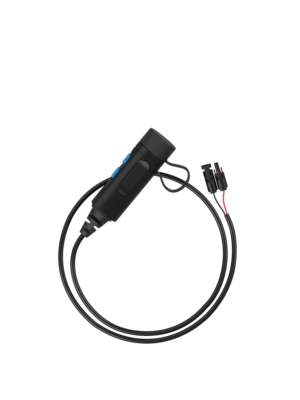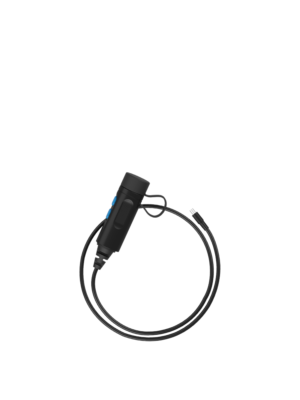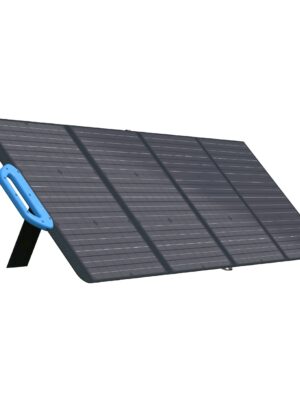The essentials of a basic workout routine
MOST PEOPLE have a certain mindset when it comes to working out: They tend to stick to a familiar plan and will push their bodies to the brink to achieve their fitness goals. But a healthy exercise routine has several building blocks—and a surprising number of them depend on what you do outside your regular sweat sessions.
Warm-up
Activities that prepare you for your main fitness practice can serve two primary purposes: reducing injury and improving performance. Warm-ups hit those marks by increasing blood flow, ramping up muscle and core temperatures, and disrupting the temporary connective tissue bonds that can make you feel tight and sore. This leads to performance-enhancing benefits like faster muscle contraction, better reaction time, greater muscle strength, lower muscle resistance, and more oxygen for your cells. Warm-ups should last at least 5 minutes and top out at 15 minutes, depending on the length and difficulty of your routine: They usually include stretching and a slow increase in exertion.
Cardio
Frequent exercise that raises your heart rate to your target zone has been shown to benefit cardiac health (though there is some evidence that consistent physical effort at this level, like during marathon training, could have negative effects). It can decrease the risk of developing and dying from heart conditions. Not only that, but cardio workouts are also associated with lower blood pressure and the suppression of atherogenesis, the buildup of fatty plaque in blood vessels that can lead to coronary artery disease.
Strength training
Weightlifting isn’t just for people who want to get ripped: It has more significant benefits, particularly as you age. For one, targeted muscle building can reinforce joints like knees, ankles, and hips. That offers better support for your body, which helps lower the chances of falls and injuries. Contrary to popular belief, strength training also promotes greater mobility and flexibility; plus it boosts brain health and cognitive abilities like processing speed, memory, and executive functioning.
Hydration
You have to stay hydrated before, during, and after your workout. Exercise depletes the body’s fluids, particularly as you sweat. Dehydration degrades your performance and can also impair certain cognitive functions, including short-term memory and attention. Hydrating sometimes alleviates fatigue and increases reaction time. Overall, drinking water when you feel a need, rather than on a fixed schedule, can improve performance measures like duration and speed. It’s possible to drink too much water (a potentially fatal situation known as hyponatremia), so take small sips rather than chugging a bottle all at once.
Cooldown
Just as you don’t want to dive straight into your routine, you don’t want to end it abruptly. Build in some time to slow your roll and bookend your warm-up. An active cooldown in which you do something similar to your workout but at a lower intensity, like a light jog after a long run, can solidify the results from exercising and prep you for your next routine. Bonuses include accelerated recovery of lactate in blood, partial prevention of immune system depression, and faster recovery of the cardiovascular and respiratory systems.
Rest days
Taking days off between workouts is a crucial part of any fitness routine. Studies indicate that rest is necessary for the body to recover: When exercise and exertion sap your energy stores and fluids, relaxation gives you time to replenish them. You need at least 24 hours to fully replace the carbohydrates in your muscles, which are important for maintaining an adequate level of glycogen and stabilizing blood sugar. Rest days help prevent overtraining syndrome too. The illness mostly comes up in competitive runners and elite athletes, with symptoms like fatigue, sleep loss, and depression.
Read more in the Workout 360 series: pre-workout ingredients, the muscles you forgot, and post-workout soreness. Or check out these other PopSci+ stories.
Please Support Our Sponsors
Solar Power Generator Discounts Along With Free Shipping
- 10% OFF for Jackery Solar Generator 2000 Pro Series with code "JADEAL"
- 10% OFF for Jackery SolarSaga 200W Solar Panel with code "JADEAL"
- 10% OFF for Jackery Solar Generator 1500 Series with code "JADEAL"
- 10% OFF for Jackery Solar Generator 1000 Series with code "JADEAL"
- 10% OFF for Jackery Explorer 1500 Portable Power Station with code "JADEAL"
- 10% OFF for Jackery Explorer 1000 Pro Portable Power Station with code "JADEAL"
- 10% OFF for Jackery Explorer 500 Pro Portable Power Station with code "JADEAL"
- 10% OFF for Jackery Explorer 300 Pro Portable Power Station with code "JADEAL"
- 10% OFF for Jackery SolarSaga 100W Solar Panel with code "JADEAL"

The University of Georgia is represented by the Georgia Bulldogs . The Bulldogs participate in the Southeastern Conference's (SEC) Eastern Division of the NCAA.
They play their home games in the storied Sanford Stadium in Athens, Georgia. The first season in Georgia was in 1892. In 1942, 1980, and 2021, the Georgia Bulldogs won three national championships.
The Georgia Bulldogs have additionally been crowned the National Champion in four additional seasons by at least one polling organization (1920, 1927, 1946 and 1968).
The Georgia Bulldogs are tied for second place in conference history with their 15 conference titles, including 13 SEC titles, and their 59 bowl appearances, which ranks second all-time.
In addition, the program has produced five top picks in the National Football League (NFL) draft, two Heisman Trophy winners, numerous winners of various national honors, and many others.

Longhorns football represents the University of Texas in Austin often known as Texas, UT or the Texas Longhorns. The Longhorns represent the Big 12 Conference in the NCAA Division. They play in Austin, Texas, at the Darrell K. Royal-Texas Memorial Stadium.
The Texas Longhorns are ranked third and seventh, respectively, in terms of all-time wins and win-loss records, with over 900 victories and an overall win-loss percentage of.705.
The legendary program also boasts four national titles, 32 conference titles, 100 First Team All-Americans, and two Heisman Trophy winners.
Get your Texas Longhorns Revival T-Shirt today. The Texas Longhorns Rustic Revival shirt is also a fan favorite.
Many college sports fans like to wear their gear all around town, get your Texas Longhorns Centered gear and show your support.





 Gettr
Gettr














